Scotland’s native wildlife is being attacked by ruthless foreign species that are hell-bent on world domination.
A great many creatures that are part of the Scottish landscape are not, in fact, native species: the likes of the rabbit, pheasant and fallow deer were all introduced at some point in the past.
But while these have fitted in with little trouble, other species have elbowed out the natives, taken over their feeding grounds and caused untold damage in the process. They have become so hated they are now hunted, poisoned and trapped – though often to no avail. Here is a round-up the worst offenders.
American Mink
Enemy number one is surely the American mink. This member of the mustelid family, with its luxuriant pelt and sharp beady eyes, probably causes more death and destruction to our native fauna than any other creature. Brought here from the States for fur farming in 1929, it has become Scotland’s most hated mammal.
The first escapees broke out into the wild in the 1930s and since then the opportunist, aquatic creature has spread to just about every part of Britain. It has even reached many Hebridean islands, where it wreaks havoc among important seabird colonies. The mink’s ruthless killing style and love of eggs and fish have made it a target for keepers and fi shermen. A mink in the henhouse leaves no survivors, and it is responsible for almost wiping out the water vole population in many areas of Scotland.
Arboreal, acrobatic and adaptable, the mink’s ability to survive in a wide range of habitats from forests to seashores and the urban environment means that eradication is an uphill struggle. Even though intensive schemes are proving quite successful, it is doubtful that we will ever totally rid the countryside of one of its most dangerous threats.
Grey Squirrel
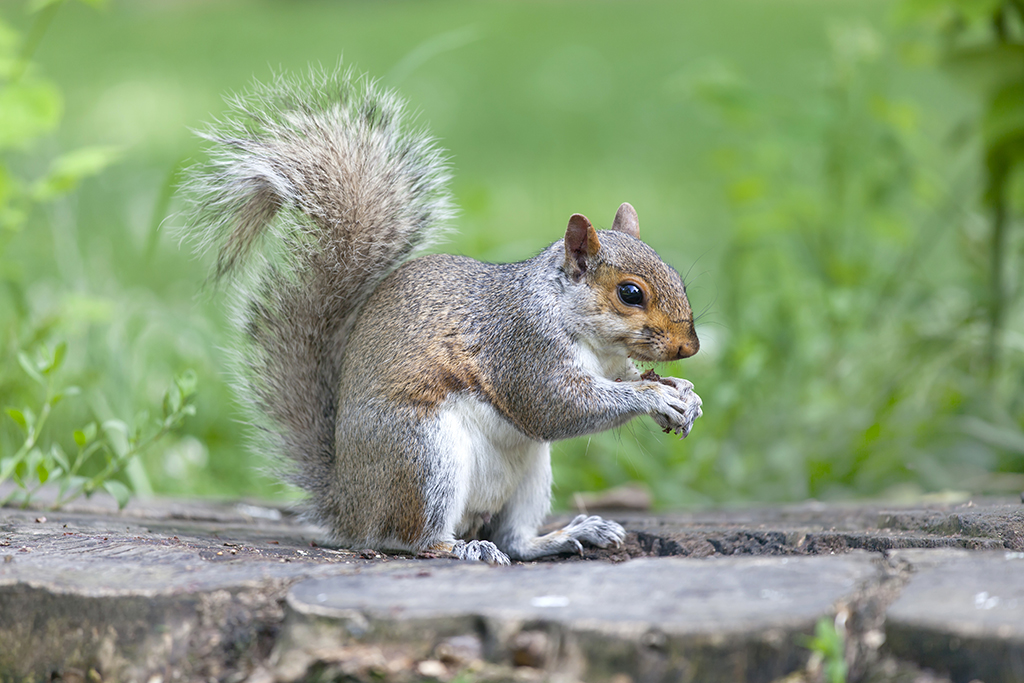
A familiar sight in much of Scotland, the grey squirrel, another North American, was brought to Britain in 1876. The fi rst greys were introduced to Scotland, at Finnart on Loch Long, in 1892, and within 25 years they had successfully established themselves over a 300-mile radius.
Since then the spread has been astonishing: there are greys in most parks and gardens in the central belt and many in the north now too. Larger, more robust and highly competitive, the grey easily ousted red squirrels from much of their range – not, as initially was thought, through killing them, but by devouring all their food.
Grey squirrels can feed on unripe seeds and acorns, taking them long before they are ripe enough for the reds. They survive better in mixed woodland and quickly take advantage of winter stores accumulated by the reds.
Greys also carry a virus that is lethal if contracted by a red squirrel – their skin ulcerates from lesions all over the body, and general lethargy and weakness leads to death. Veterinary experts at the Moredun Research Institute near Edinburgh, world leaders in developing livestock vaccination, have been studying the virus and are hoping that a vaccine will be available after further research and trials. This would be added to red squirrels’ food. Huge efforts are being made countrywide to exterminate grey squirrels, but, as with the mink, this will be no easy task.
Signal Crayfish
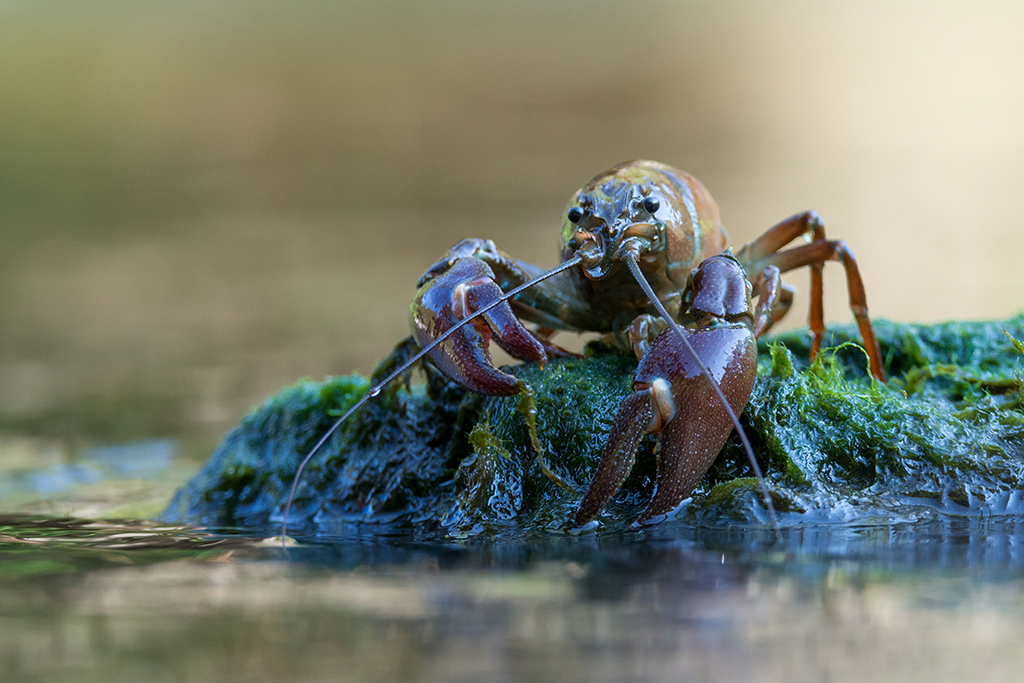
Large, adaptable and more aggressive than our own white-clawed crayfi sh, the signal crayfish carries a ‘plague’ that wipes out the natives totally. It also devours fish eggs and important insect larvae, and its burrowing activity undermines riverbanks. The only good thing about the signal crayfi sh is that it is supposedly delicious when cooked, which is why it was brought here to be farmed in the 1970s.
Alas, it escaped and spread rapidly. Recent reports record it on several important salmon rivers, and some were found in a quarry at Ballachulish in September 2010, obviously illegally released there. In some areas native crayfish numbers have fallen drastically to the point where they are under threat. So too are salmon stocks as the signal crayfish eats its egg and devastates its redds. The race is on to catch as many as possible if we are to rid our rivers of this unwanted pest.
Harlequin Ladybird
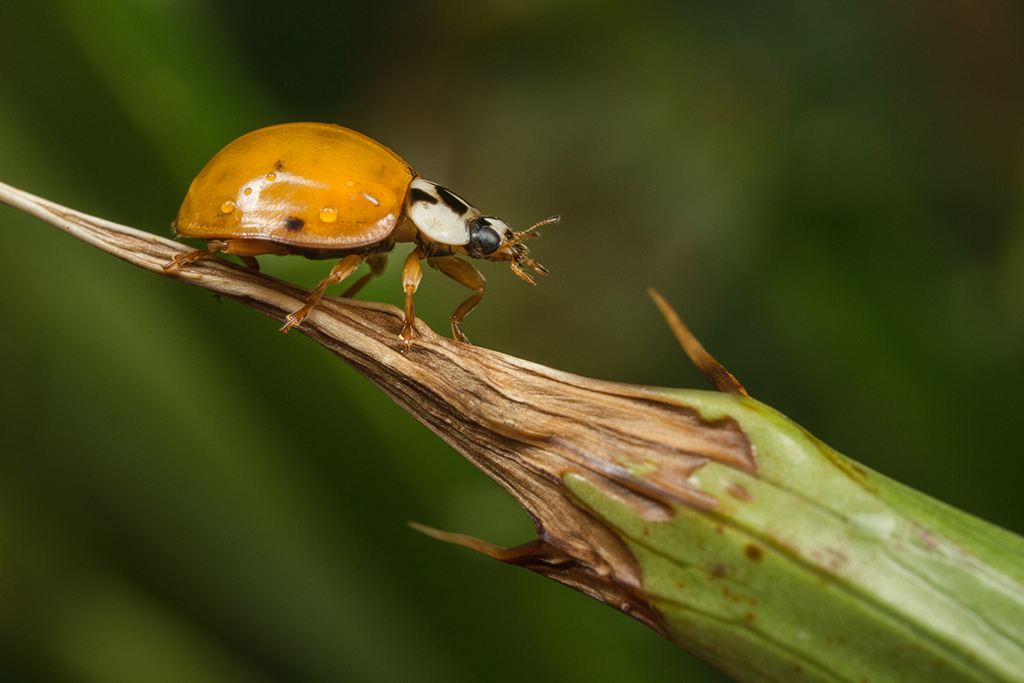
Like the tick, the harlequin ladybird proves that size is unimportant when it comes to being dangerous – according to some horticulturalists, it is hell bent on world domination. The first British sightings of an insect that was introduced from Asia to control aphids came in 2004. It is now rife throughout the country.
Although rare in Scotland, it is predicted to take over here too and there is nothing we can do about it. The problem is that, as well as aphids, it wipes out a whole host of insects and organisms that are vital to the health of our ecosystems.
Japanese Knotweed
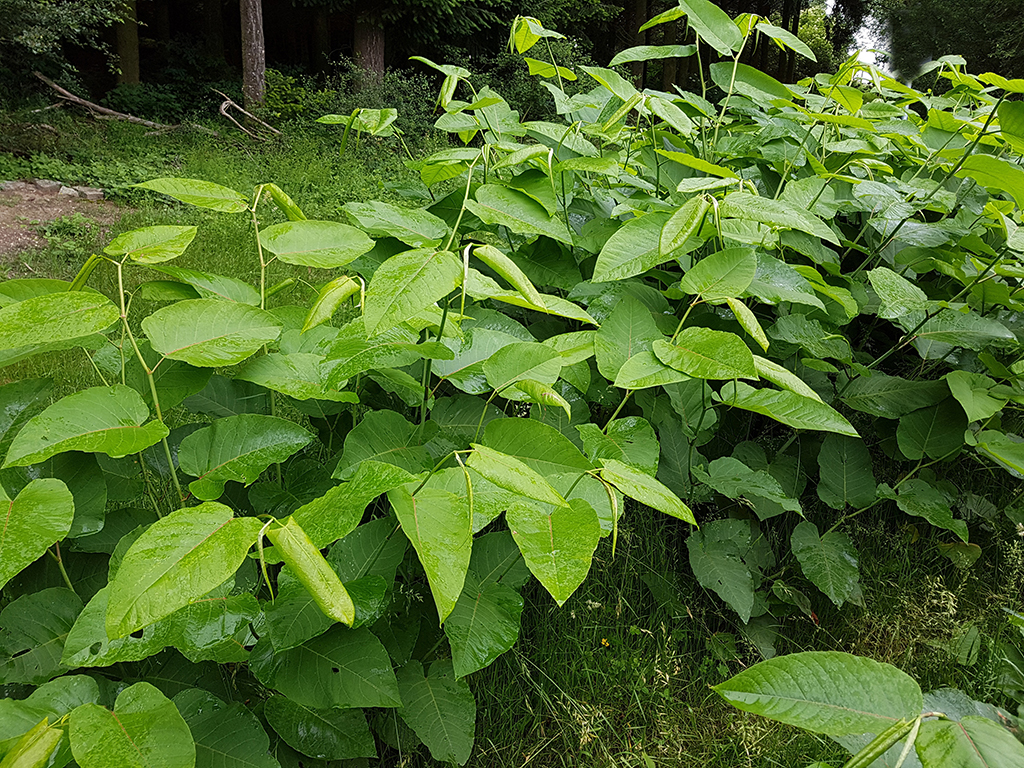
Japanese Knotweed was introduced to Britain in the 19th century
The Victorian gardener who brought Japanese knotweed to Britain didn’t do his homework: it is by far the worst of all introduced plant species. Growing at a frightening rate of up to 10cm a day, it will completely take over any piece of ground, forming vast, dense clumps. But the visual blight caused by this Triffid-esque plant is the least of its unappealing habits; the dense network of underground roots is the really serious threat, undermining foundations and walls.
Indeed, it is now an offence to allow the spread of knotweed and if it ends up causing damage to your neighbour’s property, you could be liable for footing the repair bill. As most weedkillers have little or no impact on it, you’ll need to hire a specialist to deal with this peril. Extensive excavations with a JCB are often the only solution.
New Zealand Flatworm
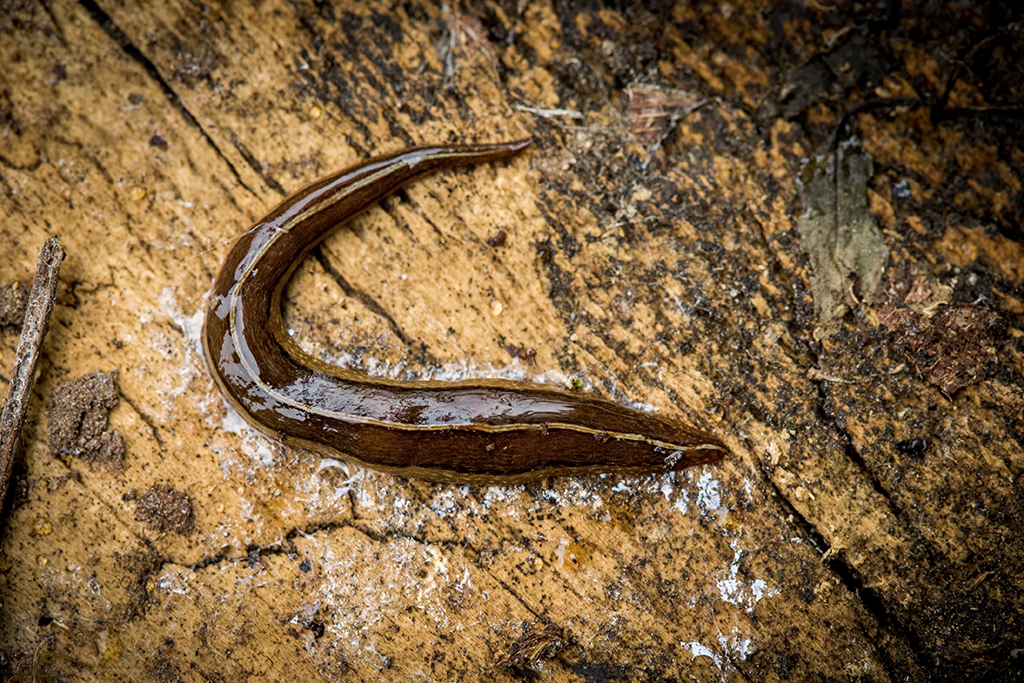
The humble earthworm plays a vital role in soil health and fertility. Not only is it a valuable food source for many other creatures (hedgehog, badger, shrew, moorhen, oystercatcher, golden plover, snipe, woodcock, song thrush, rook and blackbird, to name just a few), it is also crucial for soil aeration and drainage. Its biggest threat comes from the New Zealand flatworm, which was first recorded here in the 1960s.
Flatworms devour earthworms and there are very real fears that they will decimate the native population. For many years it was a case of ‘paranoia in a pot’, when gardeners buying plants at garden centres found these 30cm worms lurking within. Control is almost impossible but it is still important to kill any you come across.
Humpback Salmon
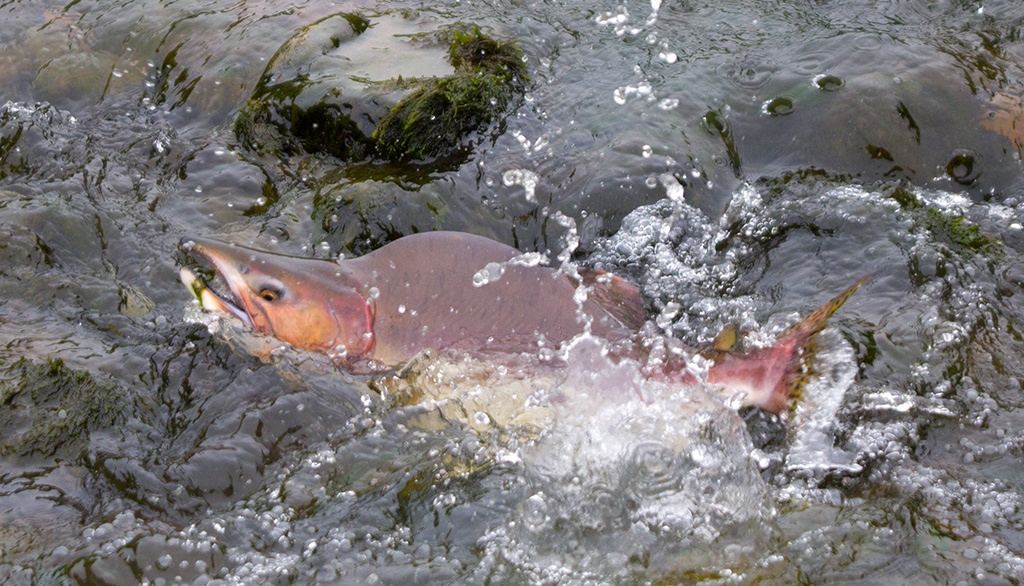
Around 40 years ago, the Russians introduced large quantities of the humpback or pink salmon from the Pacifi c Ocean to the Barents Sea. Many escaped and made it to Norway. There are now several records of this unwanted alien in Scotland – one was caught on the Tweed in August 2010 and there have been other unconfirmed sightings. Anglers are advised to kill these fish immediately and report them to the local fisheries authority.
The main concern is that if the humpies (so nicknamed because of the large lump that develops on the males between their head and dorsal fin) crossbreed with our own already threatened Atlantic salmon, they will further jeopardise the fish’s precarious future, with resultant damage to the industry and its many related jobs.
Japanese Sika Deer
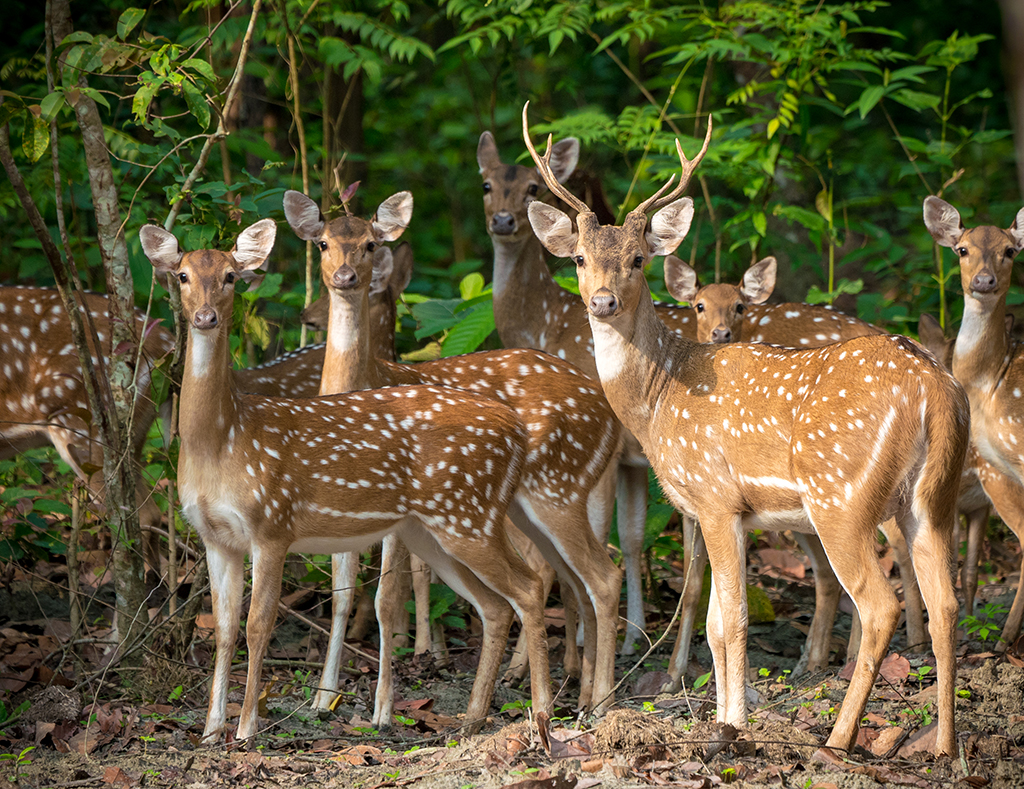
The Sika originates from eastern Asia. It was first brought to Tulliallan in Fife in 1870, at a time when there was a fad for importing exotic species. Other introductions into poorly fenced parks made it easy for the deer to escape, and soon feral populations established themselves in various parts of Scotland, including Kintyre, Caithness and Sutherland.
Extensive coniferous forests have made it easy for the Sika to thrive. Its habit of intensive barkstripping damages young trees, making it very unpopular with foresters. Traditional stalkers dislike it too, but culling it is a hard task given its favoured dense habitat.
Though much smaller than the red deer, with less impressive antlers, the Sika readily crossbreeds, and it is this threat to the genetic purity of red deer that is the most serious issue – too much Sika blood in our native red could mean that the Monarch of the Glen will in future be a far smaller and less dramatic beast.
Giant Hogweed
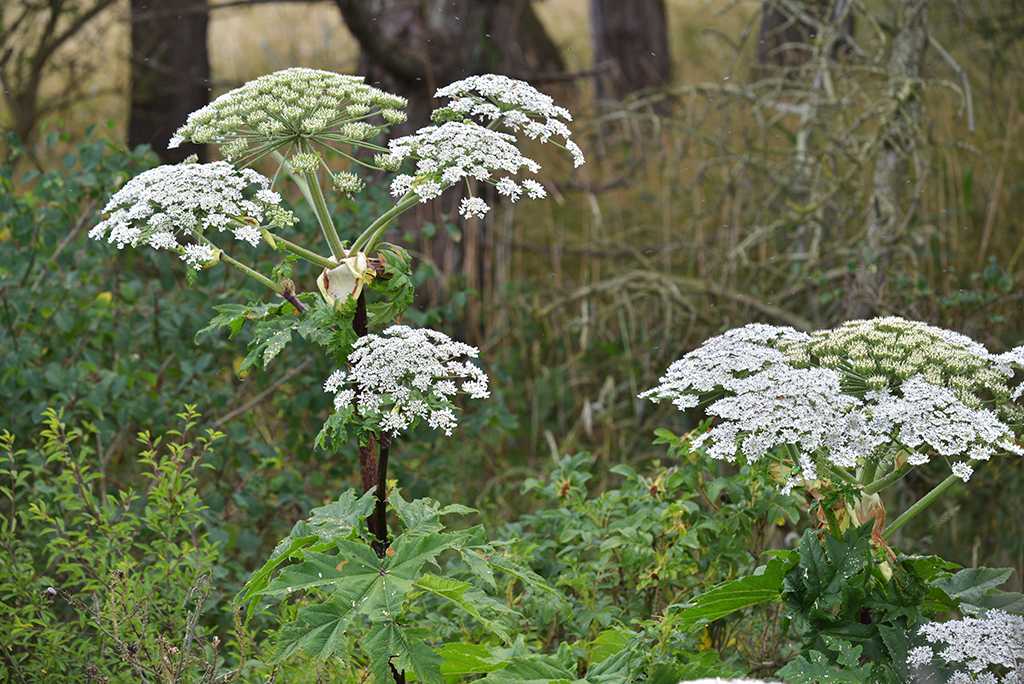
The giant hogweed is another plant that was brought to Britain by Victorians impressed by its size and curiosity value. These days it is frequently seen running amok on railway embankments and wasteground.
It may look dramatic but it is highly toxic, causing horrendous blistering when handled – there are even reports of it causing eye problems and severe reactions in people who simply ventured too close. Its huge hollow stems and vast parasollike leaves are filled with poison, meaning close encounters can end in hospitalisation.
Himalayan Balsam
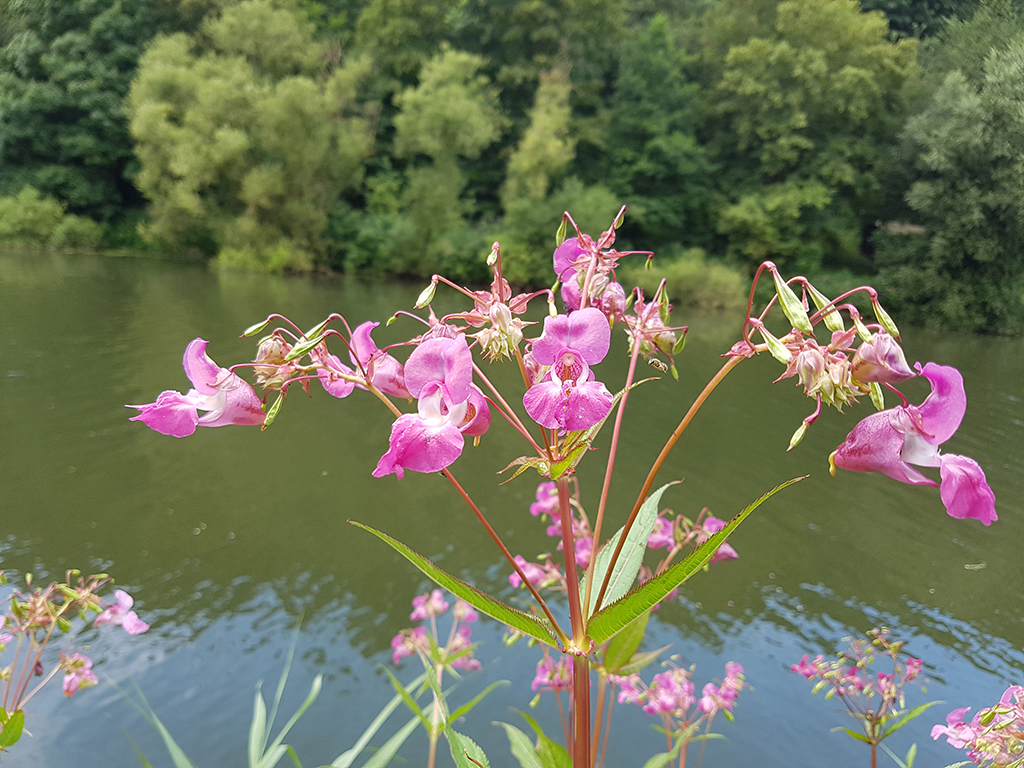
Like hogweed and knotweed, Himalayan balsam is a Victorian import. It may have lovely pinkish-red fl owers and look dramatic in late summer as it totally covers a riverbank, but this plant is nothing but a pest. It suffocates and shades out many important and rare native plants, and its aggressive and explosive method of seed dispersal means that it can easily stage a takeover bid.
Its sickly-sweet stink is very evident on a warm afternoon. Local conservation groups often get together to try to pull up this shallow-rooted pest. Unlike knotweed, it can be easily killed with glyphosate-based weedkillers, but near watercourses, where it so often grows, this is obviously not an option.
TAGS

